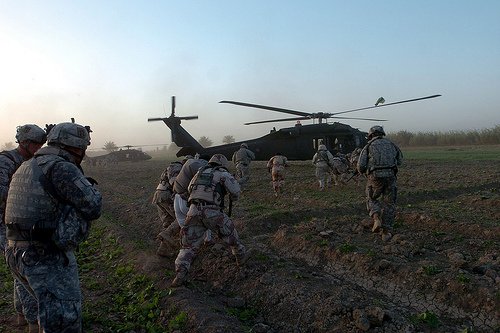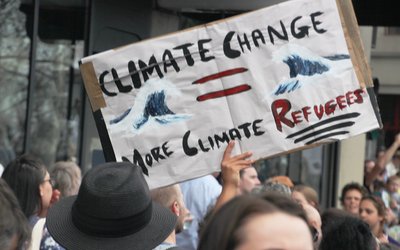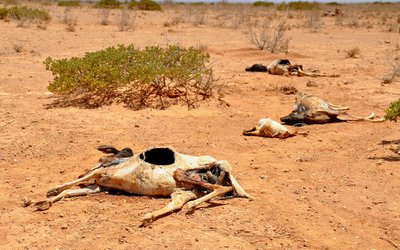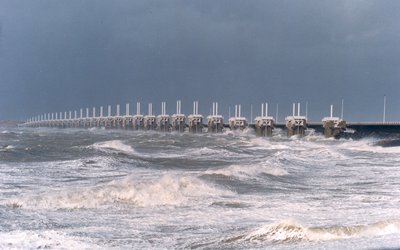
Three effects of climate change are frequently assumed to lead to loss of livelihood, economic decline, and increased insecurity either directly or through forced migration: natural disasters, sea-level rise, and increasing resource scarcity due to changes in precipitation and temperature:
- Natural disasters: The severity of disasters, measured as the number of casualties, shows no evident time trend, presumably because of increasing coping capacity in many countries. Future economic development is likely to further increase the ability of many societies to absorb natural disasters without great loss of human life, so an increase in extreme weather events need not be accompanied by higher casualty figures.
- Sea-level change and migration: The main effect of climate change on migration is likely to be indirect by affecting economic and social variables that already drive migration. Yet, the state of research in this area is too patchy to draw general conclusions about likely future implications of climate change on migration and conflict.
- Changes in precipitation and temperature: If climate change results in reduced rainfall and higher temperatures that jointly causes droughts, and reduced access to the natural capital that sustains livelihoods, poverty will be more widespread and the potential for conflict greater.
From the available scientific literature the impact of climate change on security is yet unclear. Although comparative research on security implications of climate change is rapidly expanding, major gaps in knowledge still exist. Taken together, extant studies provide mostly inconclusive insights, with contradictory or weak demonstrated effects of climate variability and change on armed conflict.
The only mechanism linking climate change to conflict that has been assessed concerns economic growth. This is mainly due to considerable disagreement or lack of knowledge on the intermediate linkages between likely consequences of climate change and violent conflict as well as data constraints.
Source: Theisen et al., 2013. Climatic Change 117: 613–625.
Photo: US Army (www.flickr.com)








